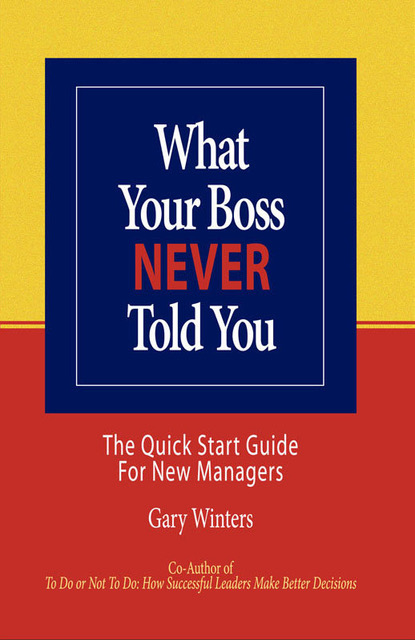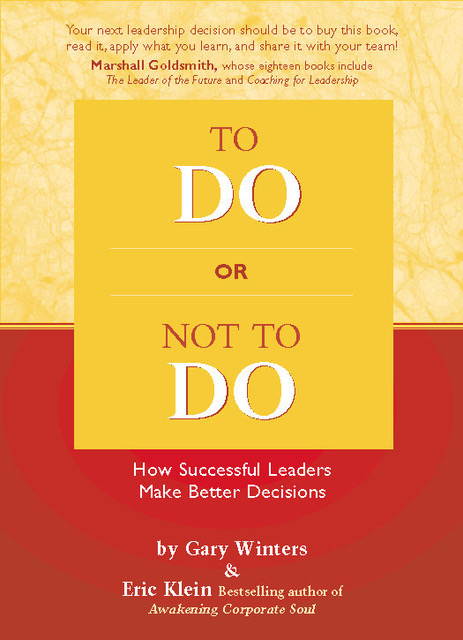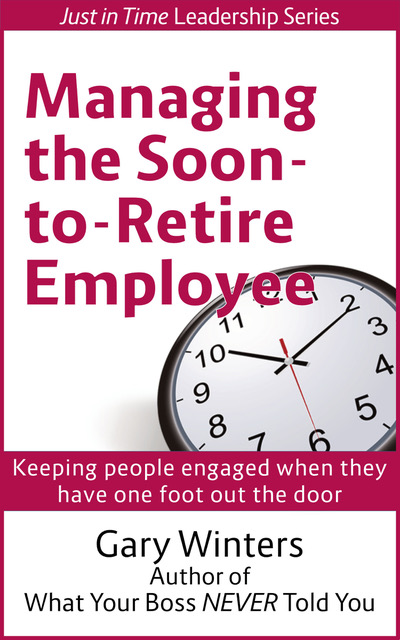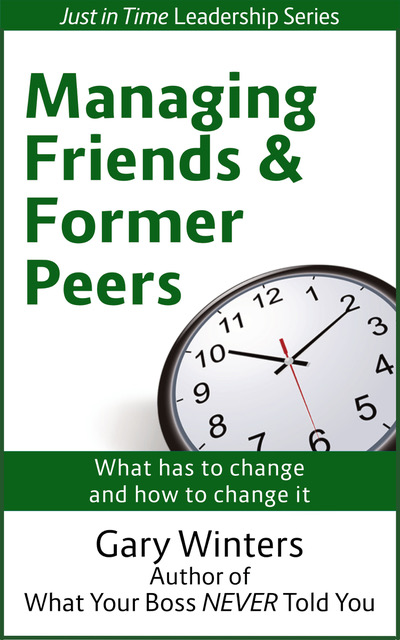Keith was dissatisfied with the amount of participation in his weekly staff meetings. Participants rarely offered input, and when they did, it was minimal. Keith tried to set a ground rule about open participation, but it hasn’t worked.
A better way
Most people can’t tolerate more than about sixteen seconds of silence when an open-ended question has been asked. To encourage participation, Keith should ask such a question – and resist the temptation to answer it himself when the tension rises.
For instance
Rather than hoping or waiting for people to open up, Keith could pose open-ended questions to the group (or better yet, specific people in the group), such as:
- What are the merits of this proposal? (Not – “Are there merits to this proposal?”)
- What would happen if we moved the schedule up two weeks? (Not – “Should we move the schedule up two weeks?”)
- Cindy, what reservations do you have about shifting our priorities? (Not – “Do you agree with the new priorities?”)
Remember, an open-ended question can’t be answered with a simple yes or no. Once asked, it puts a bit of tension in the air – tension that can only be relieved by offering a response.
And one tip…
Resist the temptation to answer your own open-ended question! Keith will feel the same tension as the rest of his group. He must not answer the question or offer partial answers. If he does so, he teaches the group not to respond.








